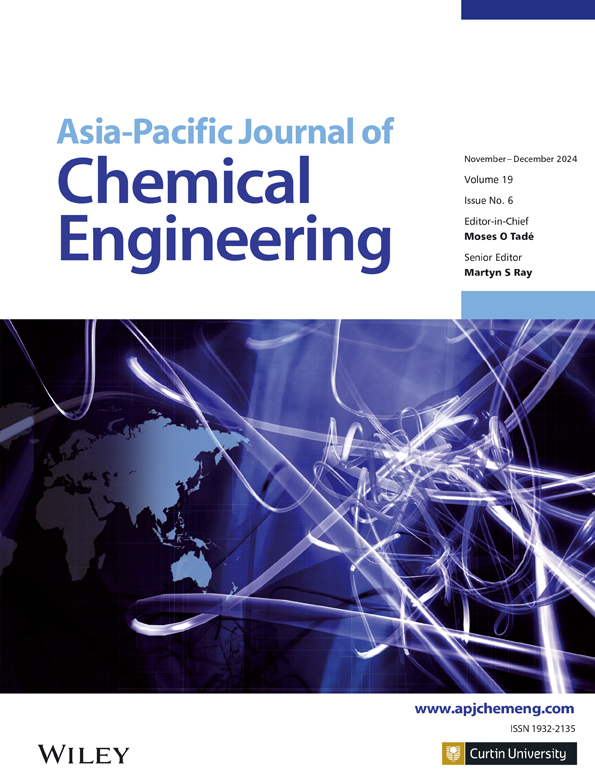CFD simulation study of thermal runaway inhibition for styrene polymerization by jet mixing
FUNDING INFORMATION: National Natural Science Foundation of China, Grant/Award Numbers: 62333010; 51804167; Major Basic Research Project of the Natural Science Foundation of the Jiangsu Higher Education Institutions, Grant/Award Number: 21KJA620001.
Abstract
Thermal runaway of polymerization reactions causes serious accidents. To study the emergency inhibition process of thermal runaway, a styrene thermal polymerization reaction model is established by using computational fluid dynamics (CFD) combined with a thermodynamic model. The DIV critical criterion is used to determine the critical point of the runaway reaction. The inhibitory effect of injection diameter, injection rate, and injection angle of inhibitor (ethylbenzene) on the styrene polymerization reaction is studied comprehensively. The injection mixing trajectory of the inhibitor is visualized by using the Lagrangian particle tracking method. The injection parameters are optimized to suppress thermal runaway by the response surface method. The result shows that a combination of injection parameters with 2 mm injection port diameter, 5 m/s injection rate, and 90° injection angle can improve the suppression effect of thermal runaway for the established model in this paper. This work provides a theoretical basis for preventing thermal runaway for polymerization reactions.
CONFLICT OF INTEREST STATEMENT
The authors report that there are no competing interests to declare.




